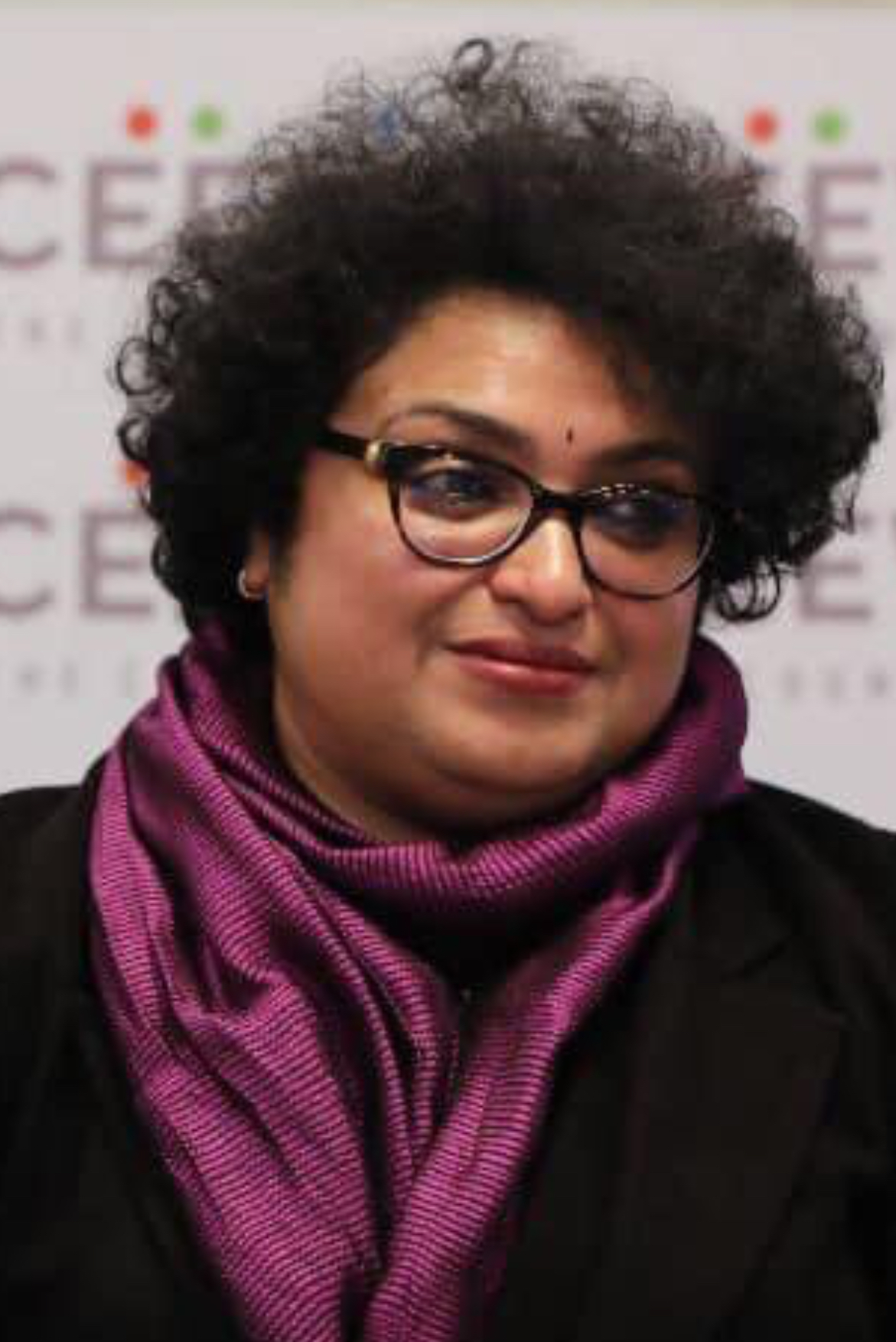Against the backdrop of geopolitical risks and uncertainties, RBI’s Monetary Policy Committee (MPC) has decided to increase the policy repo rate under the liquidity adjustment facility by 25 basis points to 6.50 per cent with immediate effect. However, it is no clear that RBI will take a break from interest rate hikes in the next meeting in April 2023. This rise in policy rates is validated by mounting global inflation. US Fed Reserve is increasing interest rates in a series and it can affect the capital flows of emerging economies. If RBI does not increase interest rates simultaneously, that can lead to capital flight in Indian economy.
On February 8th, MPC has also decided to keep the monetary policy corridor symmetric with Standing Deposit Facility (SDF) at 6.35 per cent and Marginal Standing Facility (MSF) at 6.75 per cent. To keep inflation within the targeted band along with economic growth support, MPC of RBI has focused on withdrawal of accommodation.
There is a fiscal monetary policy coordination over here. The monetary policy stance is entirely focusing on price stability by keeping interest rates high. So the fiscal policy needs to remain accommodative for economic growth recovery. High deficits in India is to keep the fiscal policy accommodative, though government has a formidable fiscal consolidation path of 4.5 per cent fiscal deficit to GDP by 2025-26. The RBI MPC decisions of hikes in interest rates are in concomitant with the objective of achieving the medium-term target for consumer price index (CPI) inflation of 4 per cent within a band of +/- 2 per cent, while supporting growth.
The global economic outlook has been improving post- pandemic. However, the geopolitical risks and macroeconomic uncertainties have an impact on RBI’s decisions for hawkish policies. The monetary tightening by the central banks globally will have repercussions on global growth. Global growth is expected to decelerate during 2023.
Is 6.5 percent a terminal rate? It is too early to answer this question that if there won’t be any further hikes in interest rate. The softening of inflation from the peak levels is a matter of relief. However, India has to grapple with the negative real rate of interest. The real rate of interest is nominal policy rate announced by the RBI minus inflation. It is crucial for India to bring down inflation within the mandated band of 6 percent consistently.
The volatility of bond market yields is a matter of concern. In currency markets, the US dollar has stabilised from its recent peak. Equity markets have moved higher since the last MPC meeting. However, the retreat of globalisation with rise in protectionism and the weak demand in major developed countries will affect global economic growth recovery.
The volatility in capital flows due to US Fed Reserve policies affect the Current Account Deficit. High debt and associated fiscal risks also spill over as downward risks on global growth.
The economic growth prospects of India against the backdrop of mounting inflation and geopolitical hostilities needs a relook. The recent first advance estimates (FAE) released by the National Statistical Office (NSO) on January 6, 2023, placed India’s real gross domestic product (GDP) growth at 7.0 per cent year-on-year (y-o-y) for 2022-23, driven by private consumption and investment.
The CPI headline inflation moderated to 5.7 per cent (y-o-y) in December 202. This is after a rise to 5.9 per cent in November – on the back of double digit deflation in vegetable prices. The global commodity price outlook, including crude oil, is subject to energy price volatility and geopolitical tensions. The disruptions in supply chains during pandemic also contributed to global inflation.
RBI projected inflation at 6.5 percent in 2022-23 with 5.7 percent for Q4 assuming an average crude oil price (Indian basket) of US$ 95 per barrel al with other risks. In MPC Press release, it is noted that on the assumption of a normal monsoon, CPI inflation is projected at 5.3 per cent for 2023-24, with Q1 at 5.0 per cent, Q2 at 5.4 per cent, Q3 at 5.4 per cent and Q4 at 5.6 per cent, and risks evenly balanced. The real GDP growth for 2023-24 is projected at 6.4 per cent with Q1 at 7.8 per cent, Q2 at 6.2 per cent, Q3 at 6.0 per cent and Q4 at 5.8 per cent, and risks broadly balanced, noted the RBI Press Release.
The focus of Union Budget 2023 on capital infrastructure spending with continued fiscal consolidation can crowd in private investment and lead to economic growth recovery. The next meeting of the MPC is scheduled during April 3, 5 and 6, 2023. Two of MPC members have voted against the interest rate hike, given the deepening recessionary trends globally. They reiterated the need to keep the interest rates status quo or lower for growth recovery. However other MPC members took a stance of policy repo rate hikes to tackle mounting inflation.
This was first published by World Air Service Broadcast of All India Radio on February 9th 2023).
Lekha Chakraborty is Professor, NIPFP and Research Associate of Levy Economics Institute of Bard College, New York and Member, Governing Board of International Institute of Public Finance (IIPF) Munich.
The views expressed in the post are those of the authors only. No responsibility for them should be attributed to NIPFP.

